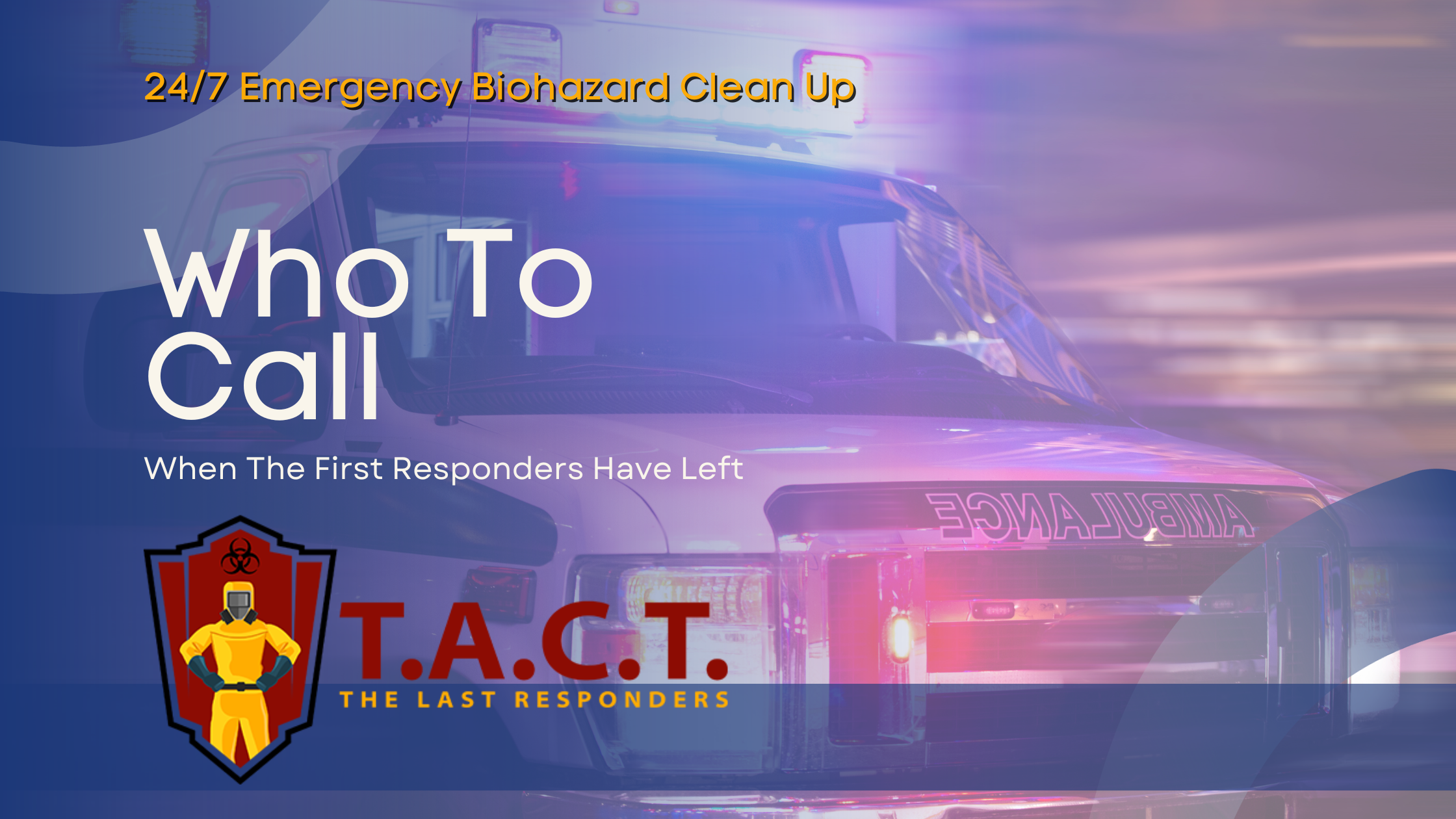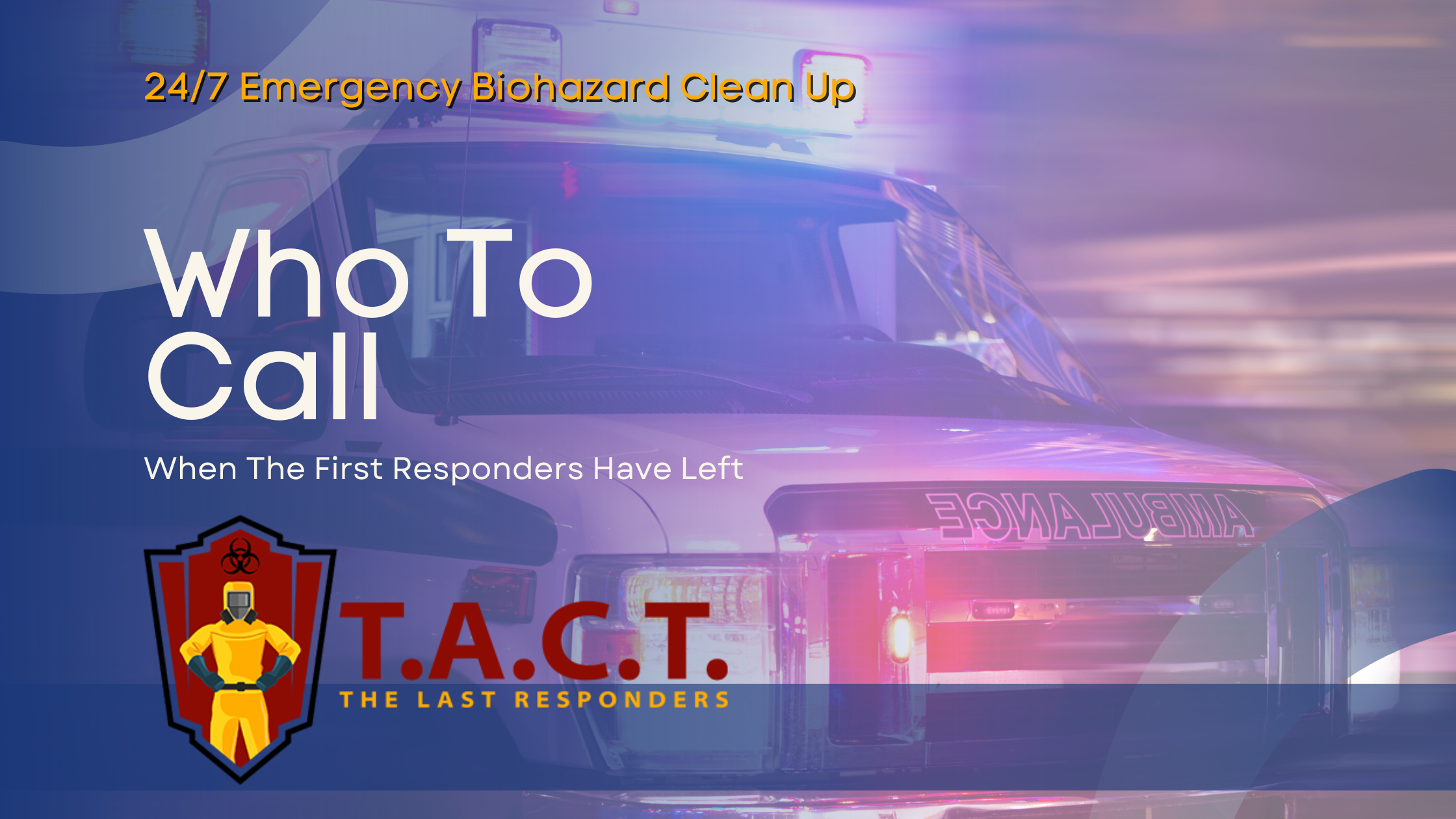Clean up after rodent infestation
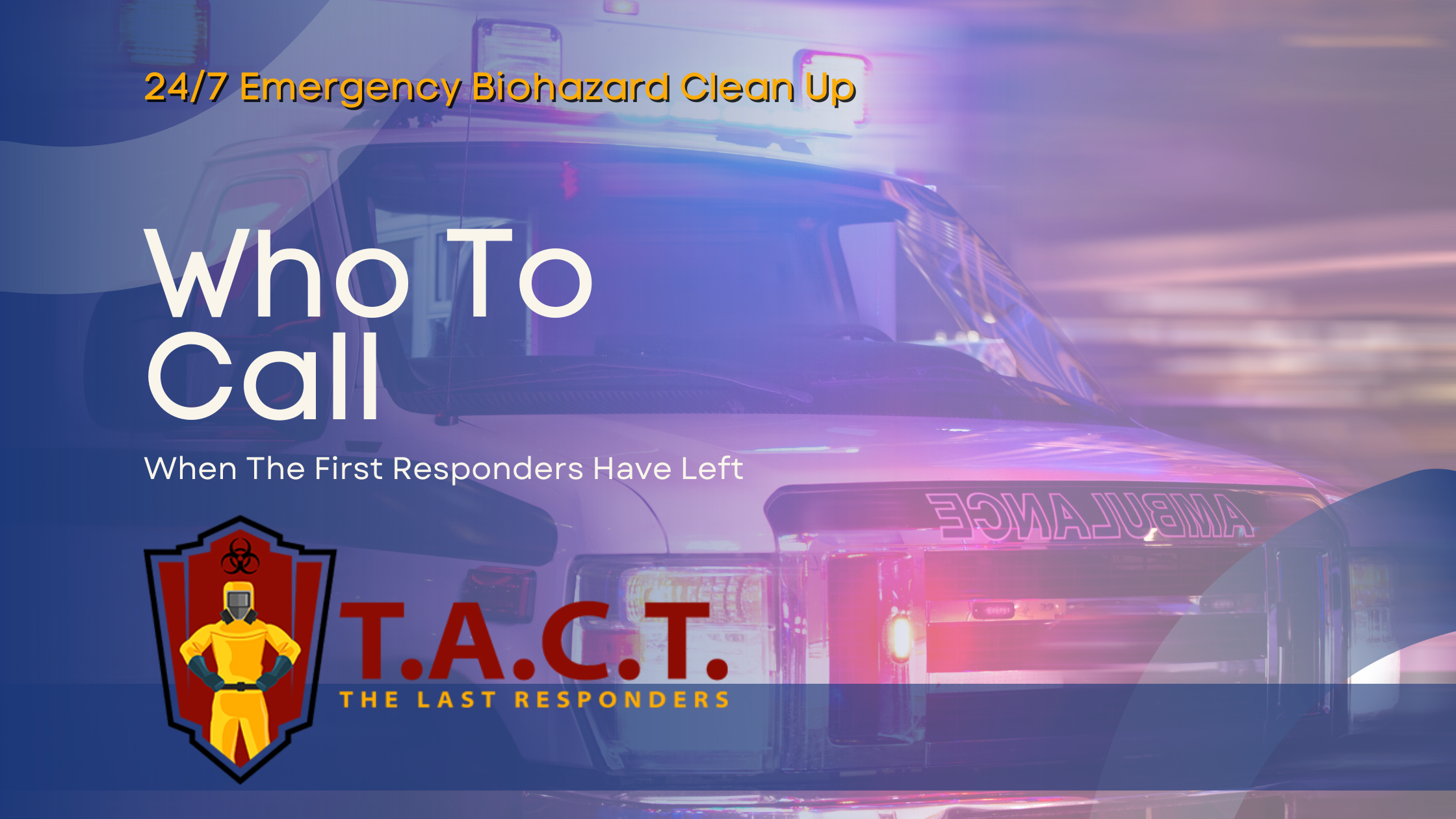
Essential Tips for the Clean Up After Rodent Infestation
Dealing with a rodent infestation? It’s crucial to clean up thoroughly to prevent serious health risks and to clean up after rodent infestation effectively. This guide covers everything you need to know about safe and effective rodent cleanup, from protective gear to disinfecting contaminated areas.
Key Takeaways
Proper preparation and protective gear are essential for safely cleaning up after a rodent infestation, reducing health risks from pathogens.
Avoid sweeping or vacuuming rodent waste as this can aerosolize harmful viruses; instead, use disinfectants to neutralize pathogens before removal.
Prevent future infestations by sealing entry points, maintaining cleanliness, and conducting regular inspections to detect signs of rodents early.
Preparing for Safe Rodent Cleanup
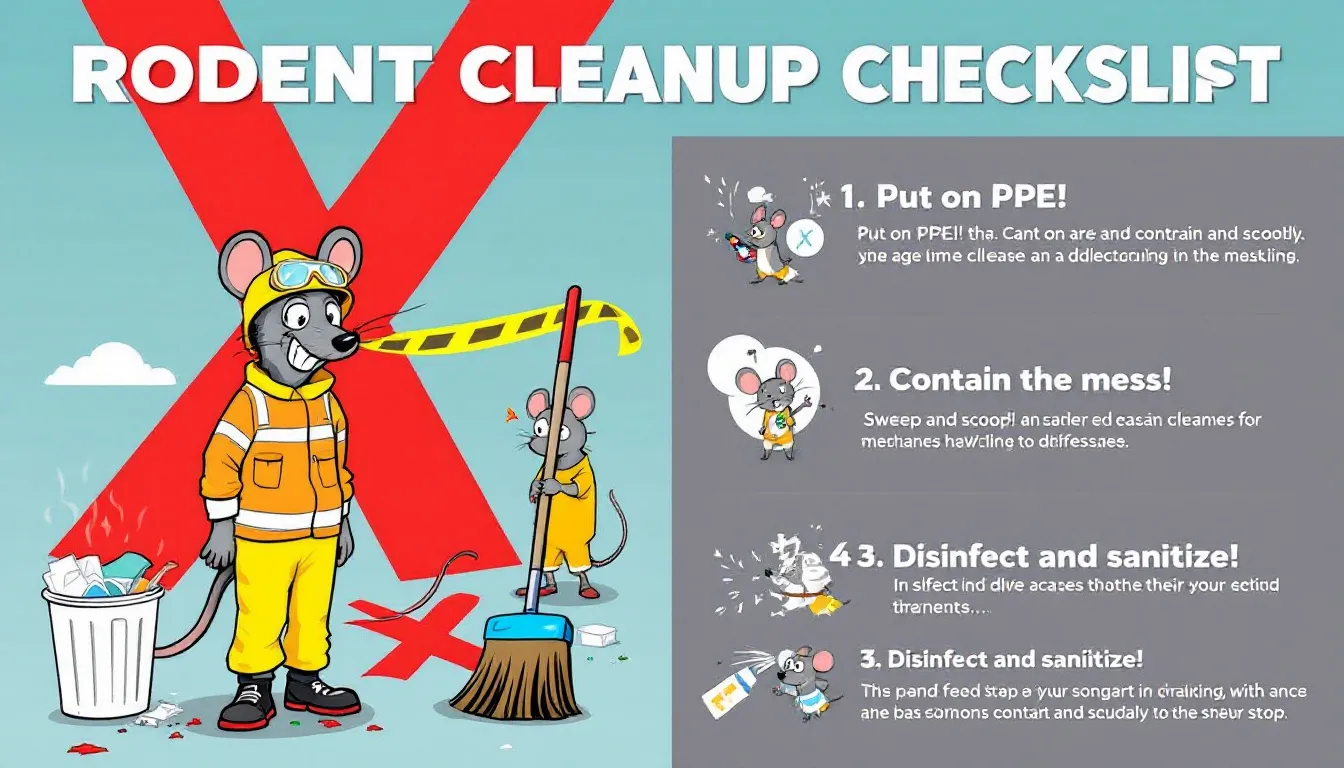
Preparing correctly is essential for a secure and efficient cleanup of rodent infestations. The dangers to health posed by the waste produced by rodents, including their droppings and urine, are considerable. These excretions can harbor dangerous pathogens such as hantavirus and salmonella that have the potential to lead to serious illnesses. As such, it’s critical to approach the task of cleaning with due diligence.
For extensive rodent invasions, employing expert services might be advisable. Pest control professionals who are licensed not only eradicate the rodents but also perform comprehensive decontamination of areas that were exposed.
Nevertheless, in scenarios where the infestation isn’t as intense, adhering strictly to recommended safety protocols can greatly diminish health hazards while ensuring that clean up efforts are exhaustive.
Wear protective gear
Before initiating any clean-up of rodent infestations, wearing appropriate protective gear is imperative. The risk of pathogens from rodent waste penetrating the skin or being inhaled through the respiratory system is significant. Key items for protection include plastic gloves, face masks, full-body coveralls, footwear covers that are disposed of after use and eye goggles for splash protection. Either a HEPA-filter respirator or a half-mask respirator should be used to filter out hazardous particulates from disturbed rodent waste.
Subsequent steps necessitate:
Plastic gloves
Face Masks
Full Body Coveralls
One-time-use Shoe Covers
Eye Goggles
HEPA-filter Respirators or Half-Mask Respirators
It’s crucially important to wear this protective gear as it provides an essential barrier against pathogens present within rodent waste which could otherwise penetrate your body via cutaneous contact or inhalation.
While managing dead rodents or their nesting materials, it is mandatory to utilize gloves. Following cleanup procedures, hands should be meticulously cleaned with soap and water. It’s equally vital to strictly observe the instructions provided by manufacturers pertaining to usage and disposal of these protective articles in order to evade contamination risks.
Ventilate the area
Before initiating the cleanup process, it is crucial to ensure adequate ventilation. This can be achieved by opening doors and windows, which will permit fresh air to flow into the area tainted with contaminants for a minimum duration of 30 minutes. Doing so aids in purging the air of any present pathogens and contributes to establishing a more secure working environment.
Avoid sweeping or vacuuming
It is crucial not to sweep or vacuum when removing rodent droppings, as this can cause viruses contained in the waste to become airborne, heightening the danger of breathing them in.
Employ techniques that keep the disruption of rodent waste to a minimum during its removal.
Cleaning Up Rodent Droppings and Urine
The process of eradicating rodent droppings and urine necessitates meticulous attention to detail, utilizing appropriate cleaning supplies and methods. To start, you should collect protective gear as well as disinfectants in readiness for the task at hand. Before initiating the cleanup operation, it is important to ensure proper ventilation by opening windows to facilitate a flow of fresh air.
Employing a spray containing either a disinfectant or bleach solution, thoroughly douse the rodent droppings and urine. Let them be fully soaked for an ample duration before proceeding with removal. This step is crucial for deactivating potentially harmful pathogens within the waste materials. It’s advised against using sweeping techniques or vacuum cleaners when addressing rodent waste since these actions might disperse infectious aerosols.
Once adequately saturated, proceed cautiously by picking up the waste using paper towels then promptly placing it into a sealed bag ready for disposal. By adhering to this protocol during cleanup operations, both comprehensive sanitation measures are met and potential contaminant dissemination risks are mitigated effectively.
Disinfect affected areas
It is essential to clean areas contaminated with urine and droppings thoroughly to remove any lingering pathogens. Generously cover the affected zones with a freshly prepared bleach solution created by mixing 1.5 cups of household bleach with one gallon of water, or use an EPA-registered disinfectant designed for this purpose.
To guarantee that all harmful organisms are eradicated, let the disinfectant remain on the surfaces for a minimum duration of five minutes. This adequate disinfection time is vital to ensure complete neutralization of any germs present in the urine and droppings.
Remove with paper towels
Once the area has been disinfected, cautiously utilize paper towels to collect rodent droppings and clean up areas where there is rodent urine. Ensure that you place the soiled paper towels into a plastic bag that can be sealed tightly to avoid any spread of contamination.
It’s important to throw away cardboard boxes or additional materials that have come into contact with waste from rodents.
Clean contaminated surfaces
Once the droppings are removed, clean and disinfect the contaminated surfaces again to ensure thorough sanitation. Use a bleach solution or a commercial disinfectant, and mop the area to eliminate any remaining pathogens.
After cleaning, wash your gloved hands with soap and water to maintain hygiene.
Handling Dead Rodents and Nests
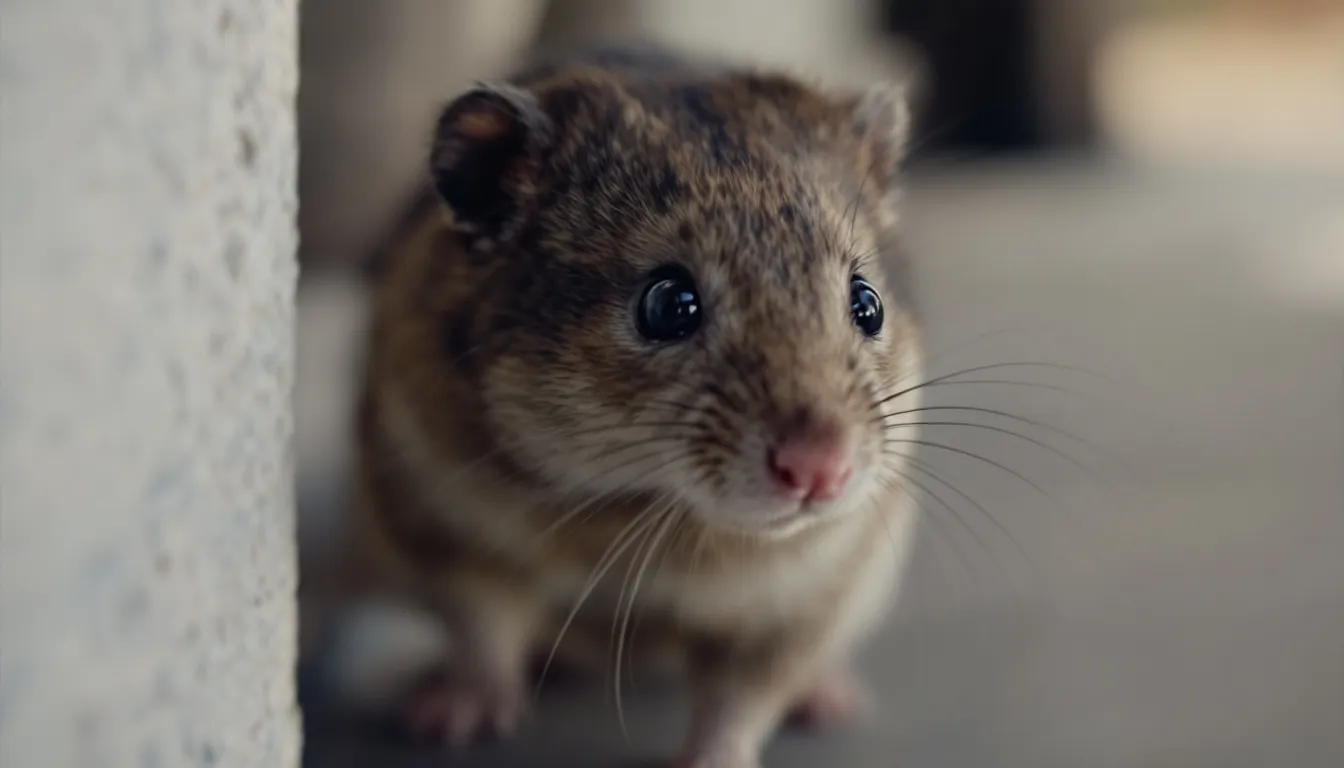
Dealing with dead rodents and nests requires special precautions to avoid contamination. Used paper towels and other cleaning materials should be disposed of in a sealed plastic bag to prevent the spread of pathogens. Always wear protective clothing when handling nesting materials and disinfect the area thoroughly afterward.
Place dead rodents in a plastic bag, seal it, then double bag and dispose of it in a covered garbage container. This ensures that no contaminants escape and reduces the risk of exposure.
Disposing of dead rodents
It is important to handle the disposal of dead rodents carefully. Encase the deceased rodent within a plastic bag, securely sealing it off to trap any possible contaminants. For added security against leakage, place this bag into another one, effectively double-bagging it.
Discard the double-bagged carcass in a trash receptacle with a lid. This measure serves to deter animals from scavenging and shields others from exposure.
Removing nests
Always ensure you are wearing gloves and masks as protective gear to prevent direct exposure to rodent waste when getting rid of nests.
To avert additional contamination, enclose all contaminated items along with the nesting materials in plastic bags that are sealed tightly before disposing of them correctly.
Reusing traps
Reusing traps requires careful disinfection to prevent potential exposure to harmful pathogens. Spray traps with a disinfectant or bleach solution and allow it to sit for at least 10 minutes to effectively kill any remaining germs. Wipe the traps with a clean cloth and ensure they are completely dry before reusing.
Always wash hands with soap and water after handling traps to eliminate any potential contaminants.
Disinfecting Various Surfaces
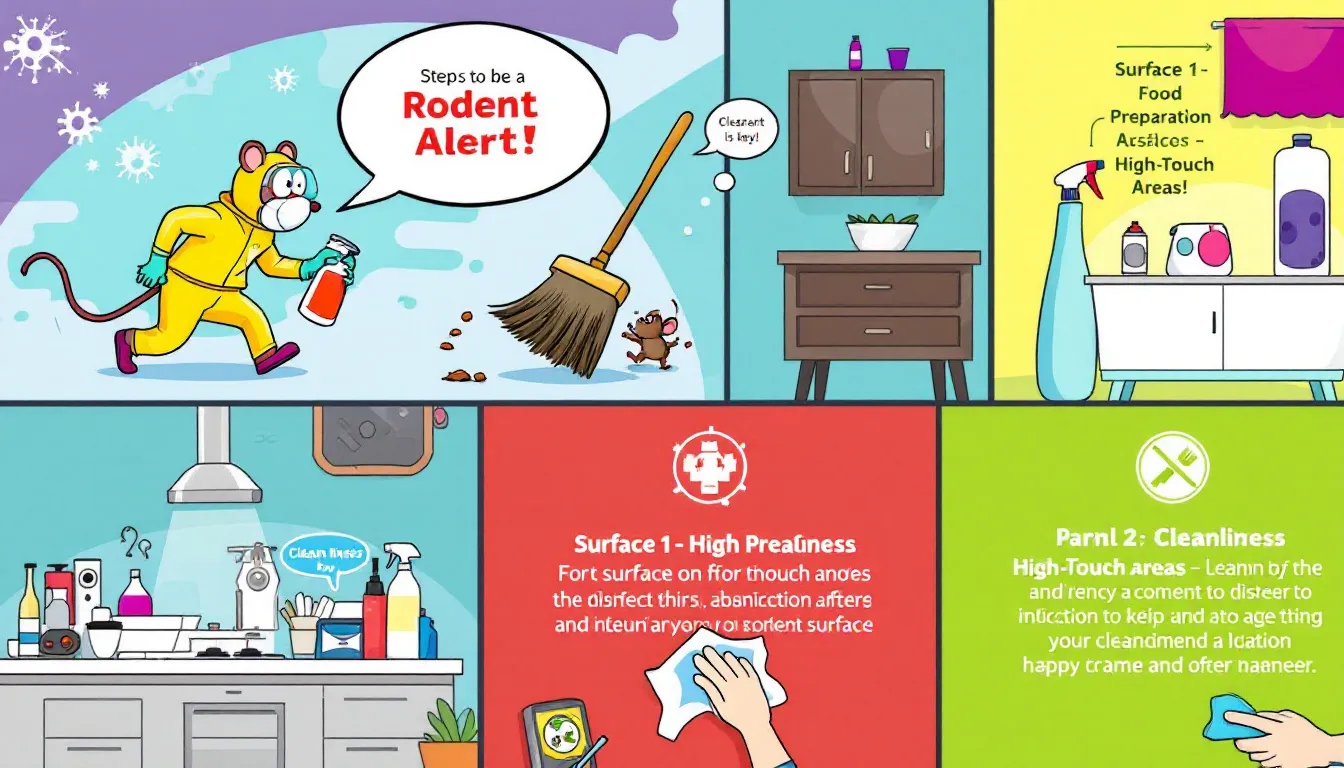
After rodent infestations, different materials necessitate varying protocols for cleaning and disinfection. To effectively eliminate germs on non-porous surfaces, including countertops and floors, it’s essential to drench them with a disinfectant solution and let the solution remain for a minimum of five minutes.
Contaminants are absorbed in a unique manner by porous materials like carpets or upholstered furniture. They demand distinct cleaning procedures. It is crucial to carry out thorough steps such as washing fabrics that can be laundered, deep-cleaning carpets and upholstery thoroughly, along with treating items incapable of being washed to assure complete eradication of rodent-related pollutants from every area within your dwelling.
Employing appropriate methods alongside suitable cleaning products is vital in fostering an environment that is both secure and conducive to health.
Laundering fabrics
To guarantee thorough cleaning, fabrics that have been contaminated must be laundered with a detergent suitable for warm water and washed in hot water. The use of hot water is essential to eliminate any bacteria or viruses that might be present. Once the wash cycle is complete, these items should be placed in a machine dryer and dried on a high setting to fully disinfect them.
It’s important to wash contaminated fabrics separately from your regular laundry as an additional precautionary measure against cross-contamination. By doing so, you help prevent pathogens from being transferred to other household articles.
Cleaning carpets and upholstery
After a rodent infestation, it is crucial to thoroughly clean carpets and upholstered furniture with commercial disinfectants or employ a steam cleaner. The use of a steam cleaner can efficiently sanitize these objects following an incident involving rodents.
Adopting this cleaning approach guarantees the elimination of any possible contaminants, ensuring that your home stays secure and hygienic.
Treating non-washable items
Items that cannot be washed may benefit from exposure to direct sunlight for multiple hours, which has the capability of eradicating bacteria and viruses found on these objects.
To ensure comprehensive disinfection, place items that are non-washable in an area devoid of rodents for a minimum period of three weeks. This practice will help confirm their complete safety.
Special Considerations for Heavy Infestations
In the event of severe rodent infestations, it is essential to adopt extra safety measures for comprehensive cleaning and mitigating potential health threats. Inadequate sanitation may result in continuous unpleasant smells, the reappearance of rodents, and possible health concerns. Oftentimes, resorting to enhanced protective gear and seeking expert assistance is imperative.
It’s vital to involve specialists when dealing with widespread infestations since they possess the expertise necessary to manage health risks effectively and carry out an exhaustive cleanup operation. Employing supplementary protective equipment like respirators can shield individuals from airborne pollutants throughout the cleaning procedure.
Professional help
Contact rodent control professionals for extensive infestations and specialized cleaning needs. They have the expertise and equipment to handle severe infestations safely and effectively.
Using HEPA filters and respirators is essential for those involved in cleaning heavily infested environments.
Enhanced protective measures
During the cleanup of rodent-infested areas, it is vital to use HEPA-filter respirators to guard against airborne contaminants.
To guarantee safety, adherence to local guidelines pertaining to personal protective equipment must be a priority.
Preventing Future Infestations
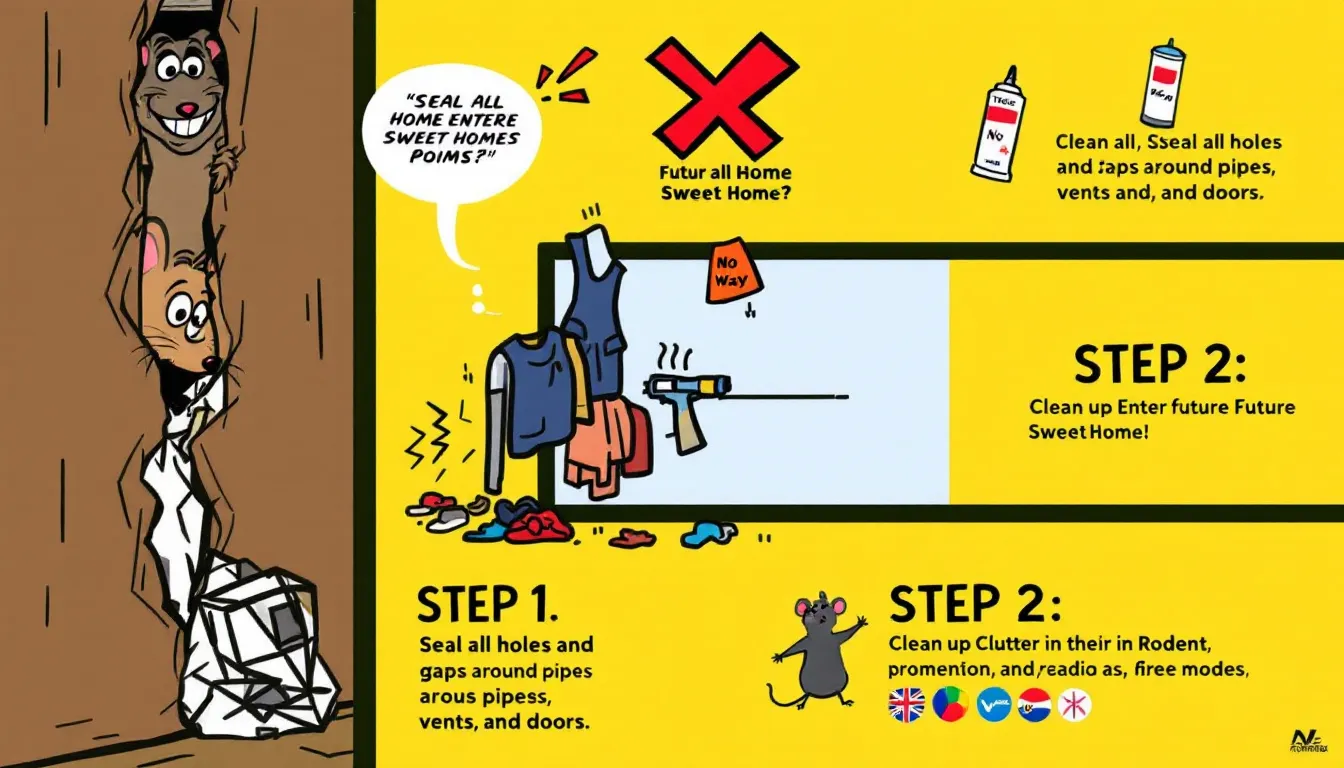
It is just as vital to avert future infestations of rodents as it is to clean up existing ones. Considering that rodents can squeeze through gaps the size of a nickel, it’s imperative to thoroughly seal off any possible entryways into your home. Regularly inspecting and keeping areas clean are essential practices for preventing these pests from making a comeback.
Ensuring that areas previously plagued by rodents are properly sanitized is key in minimizing the chances of their return. By taking preventative steps, you safeguard yourself against the nuisance and potential stress associated with facing another rodent infestation down the line.
Seal entry points
Rodents can enter through openings as small as a quarter-inch in diameter. Use caulk and steel wool to seal cracks and holes where utilities enter the home.
This can effectively block rodents from entering and prevent future infestations.
Maintain cleanliness
Maintaining a regular cleaning routine helps to eliminate any remnants of food that might attract rodents and mice. It is essential to store all food in containers with tight seals and swiftly tidy up any crumbs or spillages.
A clean environment significantly diminishes the chances of inviting rodents into your living spaces.
Regular inspections
It is essential to carry out regular checks to spot indications of rodent activity early on, preventing them from escalating into significant problems. Examine places like attics, garages, crawl spaces, and basements for any evidence of rodents such as droppings, gnawing marks, or nesting materials.
By recognizing the signs of a rodent problem promptly, you can ensure that appropriate measures are implemented to deter these pests effectively.
Cleaning Vehicles After Rodent Infestation
Vehicles can become havens for rodents, where they build nests and deposit their waste. To thoroughly decontaminate a vehicle after it has been invaded by rodents, one must carefully examine the engine compartment as well as the passenger area to locate any rodent nesting sites and droppings. In cases where there is evidence of rodent presence within the air intake system, it is important to remove not only any materials used by these pests for nesting, but also replace the air filter.
When dealing with an extensive rodent infestation in a vehicle, you may need to substitute various parts such as hoses and ducts that are located throughout. It’s essential to meticulously clean and sanitize all interior surfaces based on discovered contamination levels to ensure that your vehicle is restored to a condition safe for operation.
Inspect vehicle thoroughly
Carefully check the vehicle to identify any indications of a rodent infestation. Allow air circulation by opening the hood, doors, and trunk for a duration of 20 minutes. Rodents often build nests near places such as the battery zone, beneath the air intake ducts, and inside the compartment housing the air filter.
Rodents are capable of infiltrating the interior space where passengers sit through corroded sections and pathways meant for cables.
Disinfect interior surfaces
Carefully sanitize regions of the vehicle that exhibit signs of rodent activity to remove any dangerous pathogens. Refrain from using a vacuum cleaner or broom on areas contaminated with rodent waste, as this could cause viruses within the waste to become airborne.
Replace contaminated parts
Should you discover signs of rodent presence in your vehicle, it is imperative to take out the automotive air filter and dispose of it. In instances where materials used by rodents for nesting are detected within the air intake system, these materials should be extracted and thrown away, followed by installing a fresh new replacement filter in place of the old one.
By doing this, you guarantee that all possible pollutants introduced by rodents are thoroughly eliminated from your vehicle.
Summary
In summary, when addressing a rodent infestation, it’s imperative to adopt a thorough and meticulous strategy to guarantee the health and sanitation of your residence or vehicle. It is essential to wear protective gear and meticulously sanitize contaminated locations, as each action plays an integral role in mitigating health dangers and averting future occurrences of infestations. While professional assistance may be required for more extreme situations, adhering to these recommendations can aid you in effectively controlling smaller outbreaks.
It’s equally crucial to focus on preventative measures as much as remediation efforts. Ensuring that entry points are sealed off, upholding high standards of cleanliness, and performing consistent checks can diminish the likelihood of rodents making a return visit. Maintain constant vigilance and take preventive steps so that you can preserve a living space that is both free from rodents and secure for all occupants.
Frequently Asked Questions
What should I do if I find rodent droppings in my home?
If you find rodent droppings in your home, it is crucial to wear protective gear and ventilate the area before cleaning with a disinfectant.
Do not sweep or vacuum the droppings, as this may aerosolize harmful viruses.
How can I prevent future rodent infestations?
To prevent future rodent infestations, seal all entry points, maintain a clean environment, and conduct regular inspections for signs of rodent activity.
These proactive measures are essential for effective pest management.
Can I reuse traps after catching a rodent?
You can reuse traps after catching a rodent, but it is essential to disinfect them thoroughly with a bleach solution or a commercial disinfectant to ensure cleanliness and effectiveness.
What are the health risks associated with rodent infestations?
Infestations of rodents are a major health concern because these creatures can transmit pathogens that may cause severe illnesses, including hantavirus pulmonary syndrome and salmonella.
As such, it is critical to swiftly tackle any rodent infestations and ensure meticulous cleaning efforts are made.
When should I call a professional for rodent control?
You should call a professional for rodent control if you have a severe infestation or if you are uncertain about handling the situation safely.
Engaging licensed pest control experts ensures effective and safe resolution.
Latest news
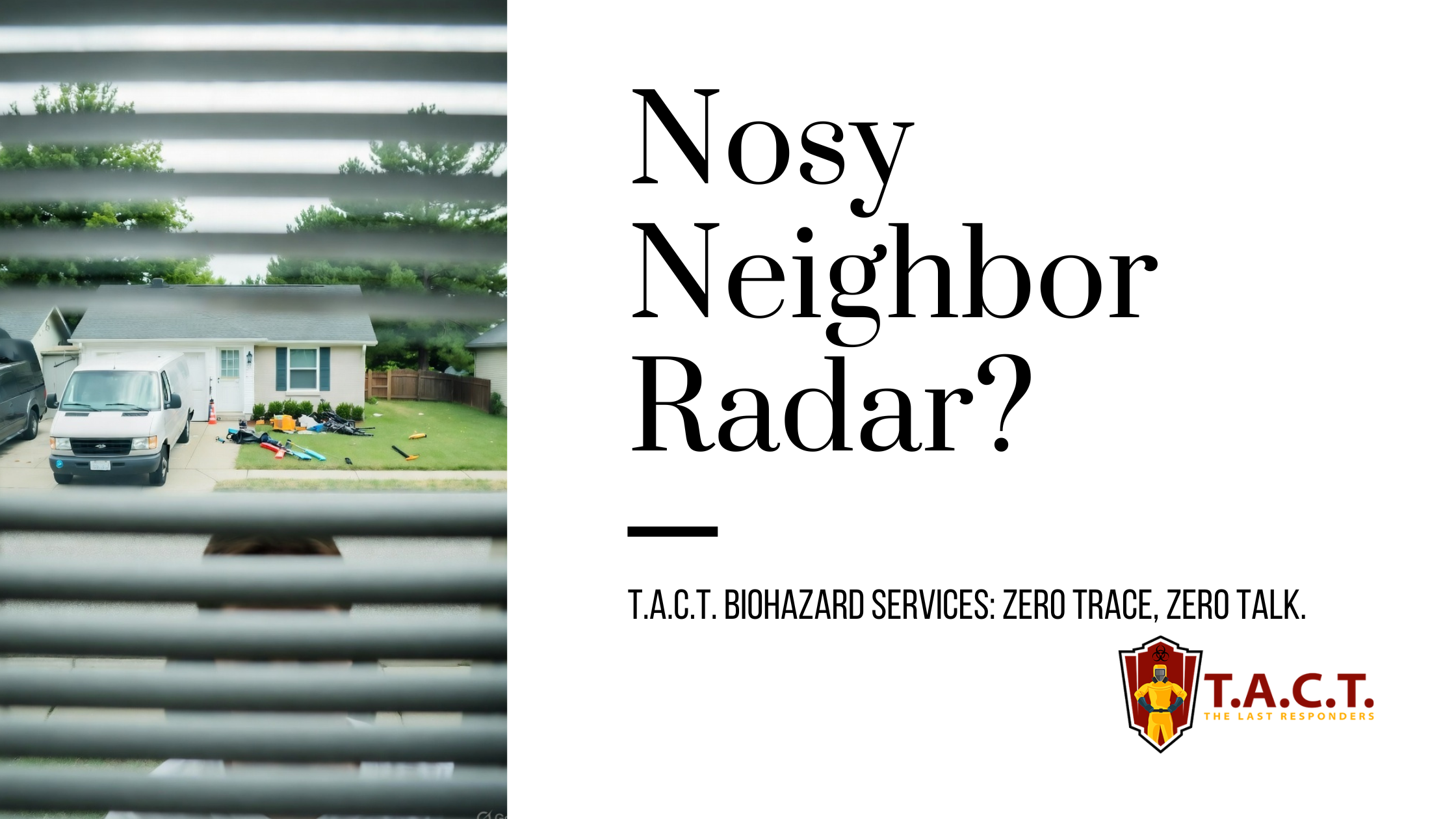
Nosy neighbors peeking? T.A.C.T. North Atlanta offers discreet biohazard remediation for rodent infestations, mold, hoarding, and more. Unmarked vehicles, quiet experts, full privacy—24/7 service at 470-781-4775.
Read More
